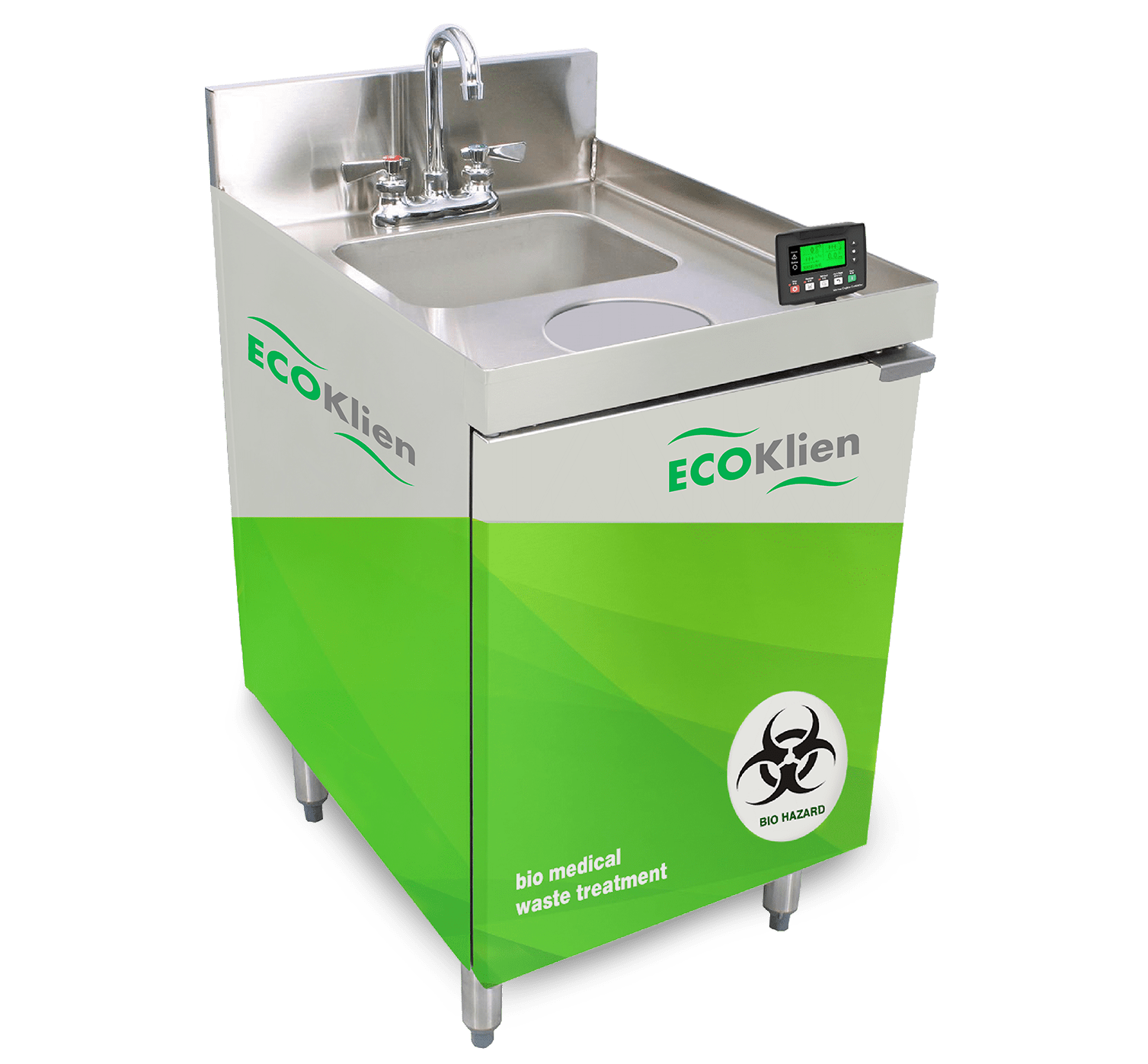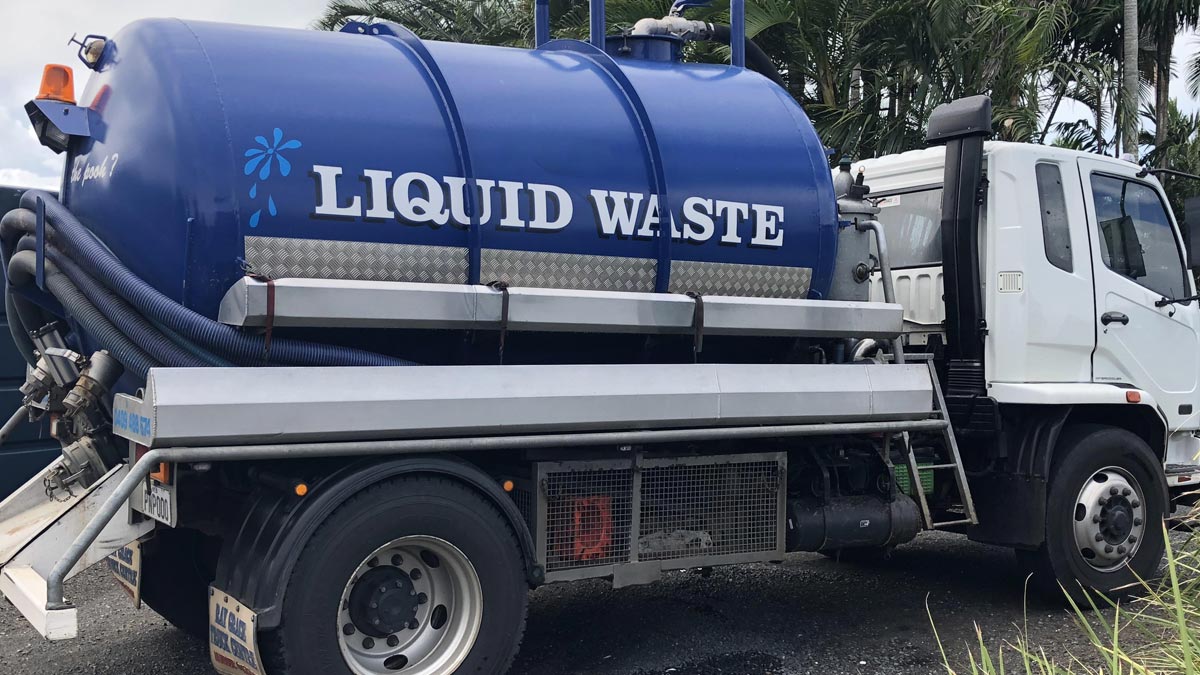Industrial Wastewater Treatment: Advanced Approaches for Effective Administration
Industrial Wastewater Treatment: Advanced Approaches for Effective Administration
Blog Article
Just How Fluid Garbage Disposal Works: A Thorough Overview of Strategies and Technologies Employed

Review of Liquid Waste Types
The intricacy of fluid waste types necessitates a thorough understanding of their qualities and implications for disposal. Liquid waste can generally be categorized right into a number of types, including industrial, municipal, farming, and harmful waste. Each classification displays distinctive homes, needing details management approaches to reduce ecological and health risks.
Industrial fluid waste originates from making processes and commonly has a series of contaminants, such as hefty metals, solvents, and organic substances. Community liquid waste, mostly consisting of wastewater from households and business facilities, includes raw material, nutrients, and pathogens (industrial wastewater treatment). Agricultural fluid waste, consisting of drainage from ranches, may contain plant foods, pesticides, and animal waste, positioning dangers to water quality and environments
Dangerous liquid waste is identified by its poisoning, reactivity, or prospective to create harm. Comprehending these diverse liquid waste types is vital for establishing reliable disposal methods and making sure compliance with environmental laws.
Physical Treatment Approaches

Testing is the first step, where larger bits and particles are eliminated from the fluid waste utilizing screens or grates. In sedimentation tanks, much heavier bits resolve at the bottom, developing a sludge layer, while the made clear liquid can be further dealt with.
Filtering is one more crucial approach that entails passing the fluid through porous materials, such as sand or membranes, to catch smaller sized fragments. This action enhances the top quality of the fluid, making it ideal for subsequent treatment procedures.

Chemical Therapy Methods
Chemical therapy methods are important for successfully taking care of fluid waste, particularly in addressing liquified and colloidal contaminants that physical methods might not adequately remove. These techniques utilize various chemical representatives to reduce the effects of, speed up, or change harmful substances into much less unsafe forms.
One common approach is coagulation and flocculation, where chemicals such as alum or ferric chloride are included to advertise the gathering of put on hold bits. This process improves sedimentation, enabling much easier elimination of the resulting sludge. In addition, oxidation procedures, using representatives like chlorine or ozone, are utilized to damage down complex organic compounds and microorganisms, rendering the waste safer for discharge or further treatment.
Neutralization is an additional critical strategy, which changes the pH of acidic or alkaline waste streams to neutral levels, protecting against possible damage to downstream systems and the atmosphere. In addition, progressed oxidation processes (AOPs) make use of combinations of oxidants and ultraviolet light to break down persistent pollutants, attaining a higher level of treatment effectiveness.
Organic Treatment Procedures
Organic treatment processes play an important duty in the administration of fluid waste by using microorganisms to decay raw material and reduce contaminant degrees. These processes can be extensively classified right into aerobic and anaerobic therapies, each employing details microbial check this site out communities to accomplish reliable waste degradation.
Cardiovascular therapy involves the usage of oxygen to assist in the breakdown of natural products by bacteria. This procedure is commonly executed in turned on sludge systems, where oygenation tanks offer a conducive environment for microbial development, leading to the oxidation of natural pollutants. The resultant biomass can be divided from dealt with effluent through sedimentation.
On the other hand, anaerobic therapy happens in the lack of oxygen, relying upon different bacteria to damage down raw material. This technique is particularly beneficial for high-strength waste, as it generates biogas, an eco-friendly energy resource, while reducing sludge production. Technologies such as anaerobic digesters are regularly used in industrial and community applications.
Both anaerobic and cardiovascular biological treatments not just decrease the ecological effect of liquid waste yet additionally assist in resource recuperation, making them vital components of lasting waste administration approaches. Their adaptability, efficiency, and efficiency support their extensive execution throughout various markets.
Emerging Technologies in Disposal
Innovative approaches to fluid garbage disposal are quickly developing, driven by improvements in innovation and an increasing emphasis on sustainability. Among these arising technologies, membrane layer bioreactors (MBRs) have acquired grip for their ability to combine biological treatment with membrane filtration, leading to high-grade effluent that can be recycled in numerous applications. MBRs enable smaller sized footprints and more efficient procedures compared to traditional systems.
Another encouraging growth is making use of anaerobic food digestion incorporated with nutrient recuperation technologies, which not just treats liquid waste yet additionally generates biogas and recoups check my source important nutrients like nitrogen and phosphorus. This double benefit improves resource performance and minimizes ecological influence.
Furthermore, advanced oxidation procedures (AOPs) are being adopted for the destruction of complex organic toxins. These approaches utilize powerful oxidants and drivers to break down contaminants at the molecular level, using a highly reliable solution for challenging waste streams.
Moreover, the assimilation of artificial intelligence and equipment understanding in waste administration systems is optimizing functional effectiveness and predictive upkeep, resulting in reduced costs and improved environmental compliance. These technologies show a considerable shift towards even more efficient and sustainable fluid garbage disposal practices.
Conclusion
Finally, reliable fluid garbage disposal demands a detailed understanding of various strategies and technologies. The assimilation of physical, chemical, and organic treatment methods makes certain the efficient management of varied waste types. Furthermore, the development of ingenious innovations improves treatment efficiency browse this site and advertises sustainability in waste management techniques. By continuously advancing these techniques, it becomes feasible to deal with the growing challenges related to fluid waste, eventually adding to environmental management and source recovery.
Fluid waste disposal is an essential element of ecological monitoring, needing a detailed understanding of numerous strategies and technologies tailored to various waste types. Liquid waste can generally be classified into several types, consisting of commercial, municipal, farming, and dangerous waste. Agricultural fluid waste, including runoff from ranches, might consist of fertilizers, chemicals, and pet waste, positioning risks to water high quality and environments.
Numerous physical treatment methods play a crucial duty in handling liquid waste properly - industrial wastewater treatment.In verdict, reliable liquid waste disposal requires a thorough understanding of numerous methods and technologies
Report this page